Last updated on 2025-09-25
A review and photo examples of using the LEICA VARIO-ELMAR-R 105-280 / 4.2 with the medium-format mirrorless camera HASSELBLAD X2D.
Table of contents
Gallery
- The example photo was taken using a HASSELBLAD X2D.
Review
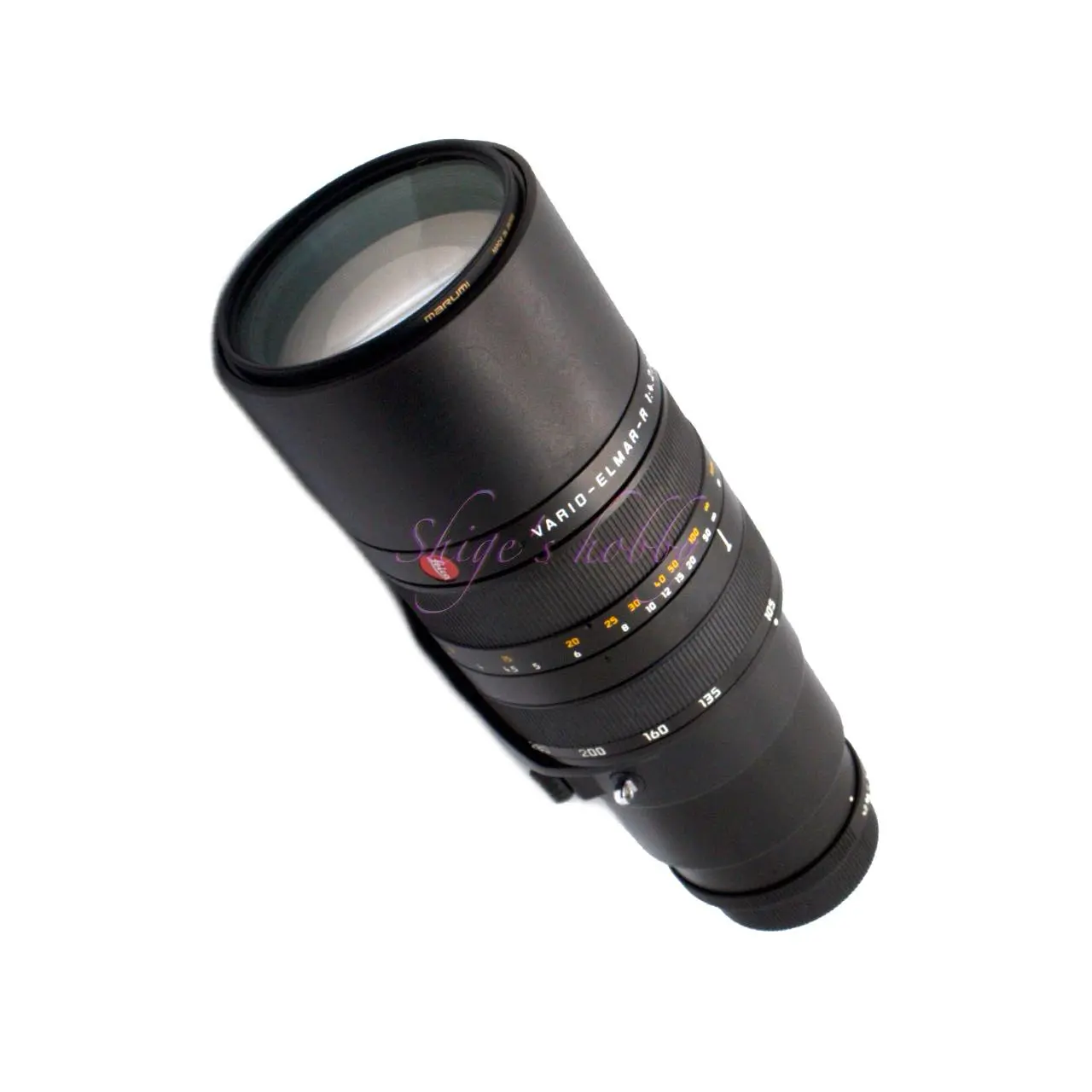
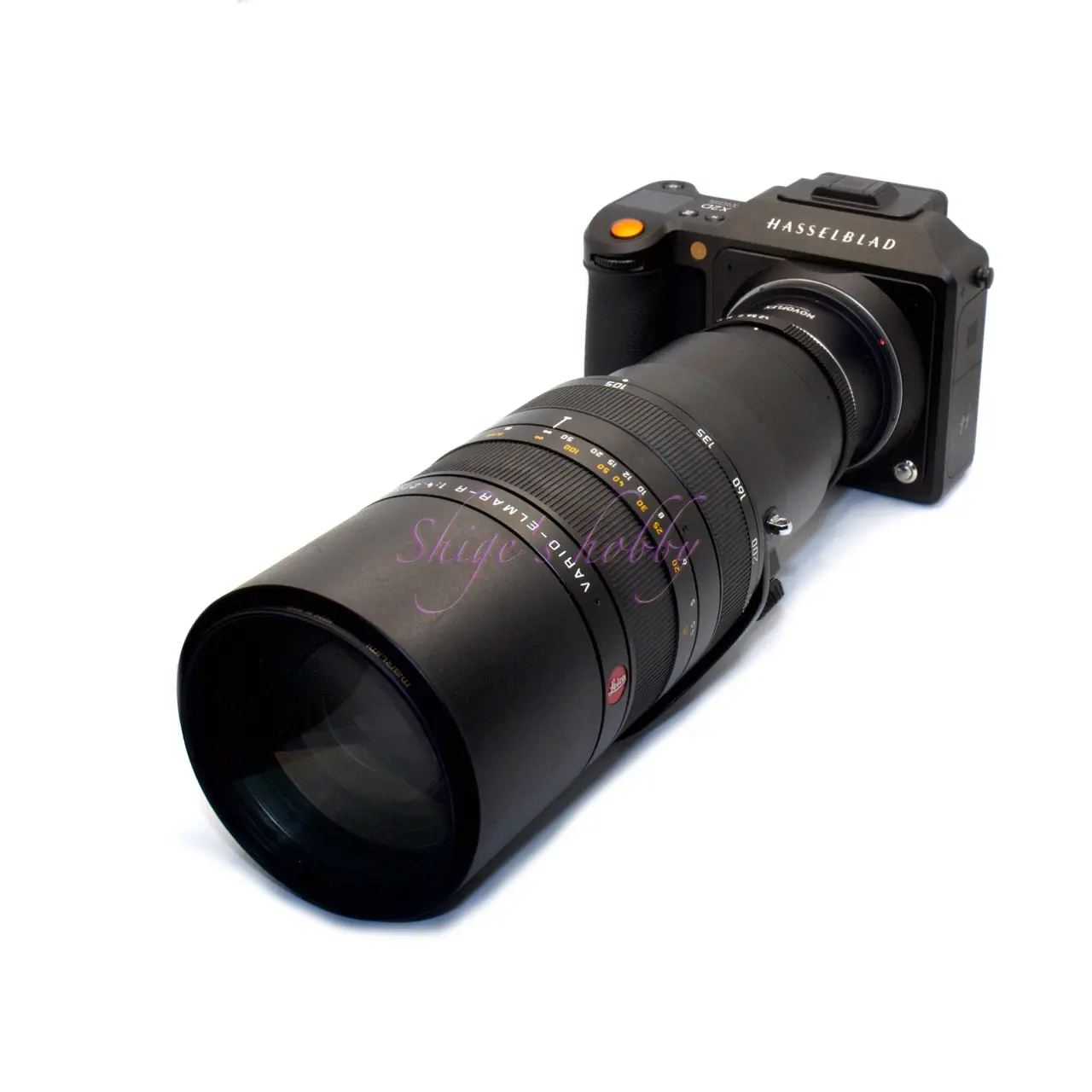
1.Overview
The Vario-Elmar 105-280 F4.2 is a telephoto zoom lens released in 1996, at the end of the R-mount era.
The main specifications are as follows, and detailed specifications are listed in the table.
- Focal length is 105mm to 280mm
- Lens construction: 13 elements in 10 groups
- Aperture blades: 8
- Minimum shooting distance: 1.7m (all areas)
- Hood is built-in
This VARIO ELMAR R 105-280mm F4.2 is in the same category as the 100-300mm lens (34 class zoom) with a constant F4 that was popularized by Japanese manufacturers. I feel the manufacturer’s sincerity in the fact that the F-number is listed as 4.2. From a marketing perspective, it would definitely sell better if they falsified the numbers and listed it as F4. The Sigma 100-300mm F4 I previously owned weighed about 1400g, and this lens is about 500g heavier.
About 1500 units were made over the two years from 1996 to 1997, and although the number produced is not that large, this lens is often seen on the Japanese second-hand market. I assume this is because a fair number of them were sold in Japan, where zoom lenses are popular.
I have seen this lens about five times in the past 10 years, and this time I was lucky enough to catch it. The price varies depending on the condition, but the cheapest one I saw was around 150,000 yen around 2015. Even in 2022, they can still be found for between 200,000 and 300,000 yen, giving the impression that they are being sold for much cheaper in Japan compared to the selling price on overseas markets such as eBay.
2.Usability
My first impression of the VARIO ELMAR R 105-280mm F4.2 is that it is heavy.
The image quality is not good because it is a non-apochromatic lens, so depending on the subject, the blur is noticeable and there is color bleeding.
This is a depiction that is typical of zoom lenses with an older design.This can be seen in the fourth and fifth example images.
In terms of operability, both the zoom ring and the focus ring are rotated, making it a two-ring zoom lens. A two-ring zoom is suitable for autofocus lenses that allow you to leave the focus to the camera, but in the case of R-mount manual focus, both rings are moved manually, so it is difficult to operate the focal length and focus at the same time. Probably not possible.
The ring layout is such that the zoom ring is at the base of the lens and the focus ring is at the tip of the lens. Both rings are almost the same width, so the focus ring, which is operated frequently, is easier to operate if it is wider.
The two rings are moderately heavy and do not change position unintentionally.
The left end of the zoom ring is the wide-angle end of 105mm, and when turned to the right, it moves in the telephoto direction, and the right end is the telephoto end of 280mm.
The focus ring is lighter and easier to operate than the zoom ring, but it has a rotation angle of about 330 degrees, so you have to turn it a long distance from infinity to the minimum focus.
This lens is not internally focused, but the lens length changes depending on the focus, so the left end is infinity, and when turned to the right, the shooting distance shortens and the lens extends. The right end is the minimum shooting distance and the lens is the longest.
And, for a zoom lens of this size, you will want an autofocus (AF) mechanism that automatically changes the focus as the focal length changes. Especially when shooting moving subjects outdoors, you have no choice but to fix the focal length and concentrate on focusing.
The minimum shooting distance is 1.7m at all focal lengths, and the 280mm focal length allows you to get quite close.
The lens hood is built-in, and you just pull it out in front, so there is no hood lock mechanism.
When shooting with the X2D’s 44mm x 33mm sensor, vignetting can be seen in the four corners when shooting a blue sky at a focal length of 105mm. As you zoom in, the vignetting gradually disappears and at the 280mm position, almost the entire image is usable. As the image circle is more than enough for the 35mm format, when used with a 35mm full-frame sensor camera, color bleeding cannot be avoided, but vignetting is not an issue.
There is no problem with using the lens when using the teleconverter APO-EXTENDER x2, which increases the shooting magnification, and there is no significant deterioration in image quality when looking at the results of shooting with the APO-EXTENDER x2 attached. The moon below is the result of cropping out the center and reducing it. According to information on LENS-DB.com, the APO-EXTENDER x1.4 can be used without any problems.
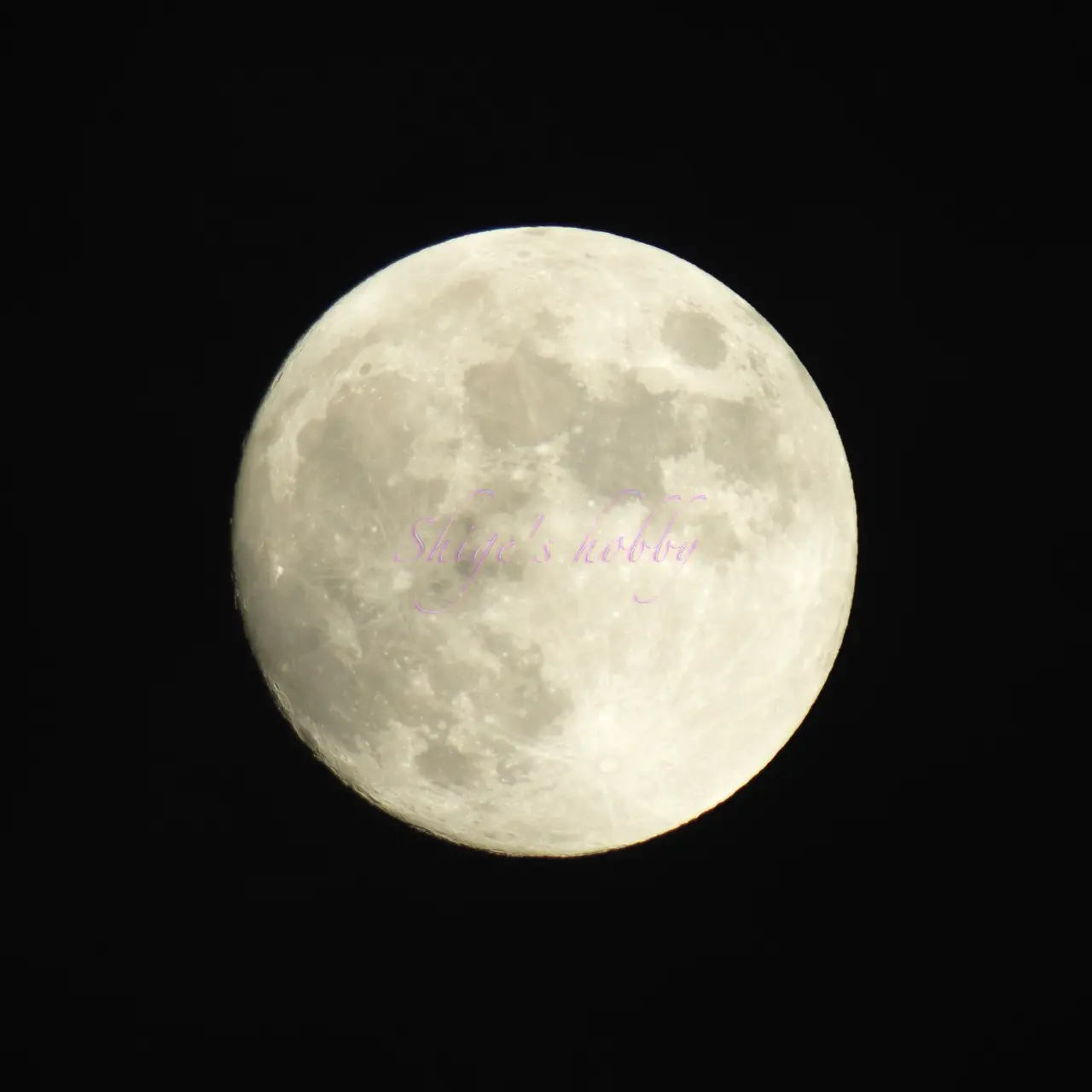
3.Summary
In conclusion, to sum up the VARIO ELMAR R 105-280mm F4.2, it is difficult to operate this large manual focus lens weighing nearly 2kg with a two-ring system. Since it is difficult to move both rings, the focal length is fixed, so if you only use the telephoto end of 280mm, the APO TELYT 280mm with better image quality is recommended.
When using the APO VARIO ELMARIT 105-280 F2.8-F4 for LEICA SL, you can feel the convenience of being able to leave the focus to the camera and concentrate on the composition.
Specification and Competitor
The VARIO ELMAR R 105-280mm F4.2 has a focal length that overlaps with the APO TELYT 280mm at the telephoto end.
Looking at the differences in lens specifications, the maximum lens diameter and filter diameter are the same, but the VARIO ELMAR R 105-280mm F4.2 is 20mm longer, weighs 100g heavier, and has a slightly darker F-number of 4.2 at maximum aperture.
The crucial difference between the two is the weight balance when in use; the VARIO ELMAR R 105-280mm F4.2 has a long overall length and a large lens element located at the front of the lens barrel, so compared to the APO TELYT 280mm, the weight balance when shooting is poor, which has the disadvantage of making it more susceptible to camera shake.
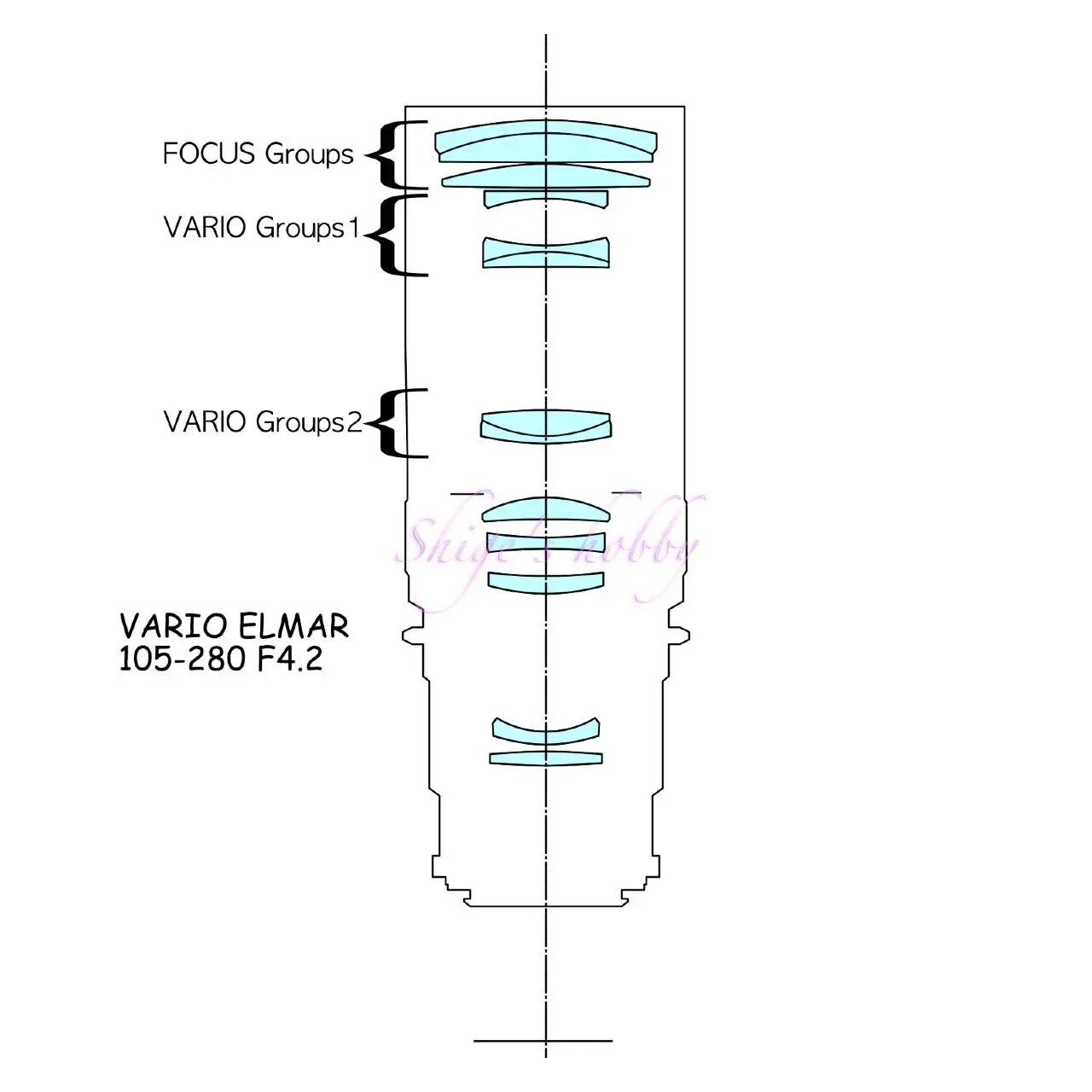

| Item | VARIO ELMAR | APO TELYT |
| focal length(mm) | 105-280 | 280 |
| Maximum aperture | 4.2 | 4 |
| Minimum aperture | 22 | 22 |
| Lens configuration | 13elements in 10groups | 7elements in 6groups |
| Leaf blade | 8 | 8 |
| Minimum distance(m) | 1.7 | 1.7 |
| Lens length(mm) | 236 | 208 |
| Lens max diameter(mm) | 88 | 88 |
| Filter diameter(mm) | 77 | 77 |
| Weight(g) | 1950 | 1875 |
| Production number | 1500 | 2000 |
| Release Year | 1996-1997 | 1993-1997 |
Reference links
- Descriptions of VARIO-ELMAR-R 105-280-F4.2 on LEICA WIKI
- LENS DB.com
- APO TELYT R 280mm F4・Shige’s hobby
- APO VARIO ELMARIT SL 90-280mm・Shige’s hobby
Update history
- 2025.5.20
- 2024.7.15
- 2022.11.21
Affiliate links
- Some external links are advertisements and clicking them may generate income for the site administrator.

Amazon Prime Sale

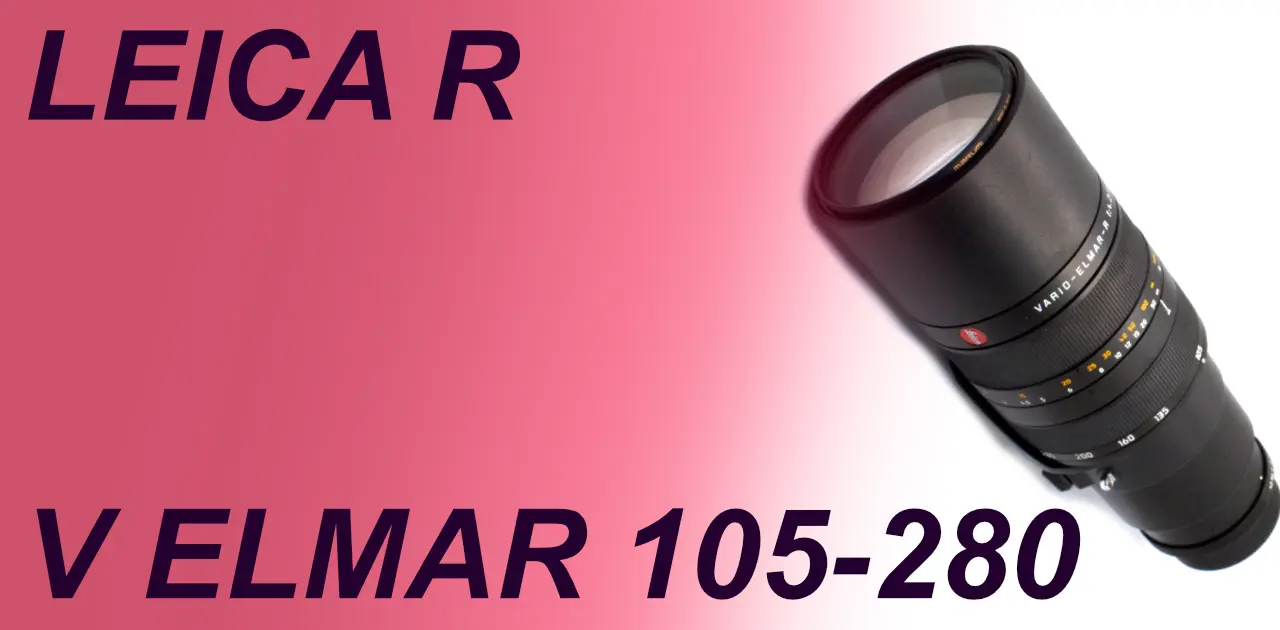

Be First to Comment